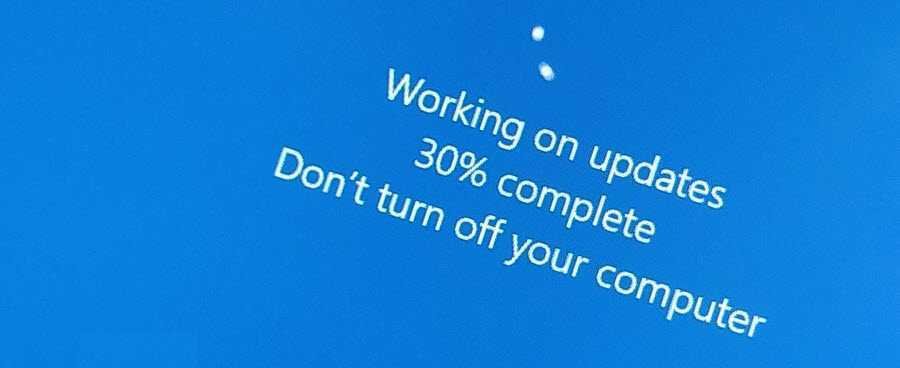The latest changes that Microsoft announced in how it will handle Windows 10 updates is unlikely to be the company's last attempts to stabilize the procedure which it uses to update Windows.
Microsoft continues to make changes because the update process continues to pose many problems. 
The idea of the company adding new features to its operating system through updates and in a very short period of time seems to not work perfectly for everyone. Since Windows was launched as "a service," the company is adding new features to the operating system, often causing major disruption to end users or IT departments.
In practice we have not yet seen any updates running smoothly, at least so far. Although Microsoft has been trying to fix the update processes in recent years, end-user complaints have not stopped. Some users have criticized the company for the quality (and quantity) of the updates, and this happened much more late last year when Microsoft had to withdraw Windows 10 October 2018 Update (version 1809) due to an error deleting files. It took six weeks before Microsoft could begin distributing the update again.
In a blog post last week, Microsoft corporate vice president Mike Fortin acknowledged that the Windows update process is “disruptive" and mentioned some changes in the way the updates will be distributed.
Steve Kleynhans, vice president of Gartner's tech analyst, said Microsoft's goal is to add painlessly new features and new security features to Windows 10 and of course with minimal upset.
"Microsoft will continue to do this kind of tweaking until it finds the right balance but even then the right balance will be a moving target over time," he said.
Kleynhans said that in some cases Microsoft underestimated the difficulties that may arise when its updates are available on millions of computers, but also overestimated the ability of the "Insiders program" that it believes can detect problems before the release of the operating system.
I think the reality is different. Windows is installed on a very complex set of devices, of an incredible number of variants hardware and no matter how good testing by Insiders is, users will still have problems with things the company and Insiders never encountered.
With more than 800 million computers running Windows 10, in all shapes, sizes and ages from many different vendors, coping with any potential problem is extremely difficult.
“Android and iOS have been designed from the beginning to manage this way, and lack the level of complexity we've seen in the computer world. A Windows computer has a huge percentage of peripherals and this is a problem. "
Here is another problem: There has been tension between users who mostly want the new features as soon as possible, and IT administrators struggling to install painlessly more frequent updates on the computers they have under their control.
Microsoft should meet user requirements and this means that everyone should get used to a much faster update cycle, and not just Windows.
What does this mean; Ongoing updates on one operating system σημαίνει συνεχιζόμενες αναβαθμίσεις στο λογισμικό αλλά και στα drivers. This may not be a big problem for a Windows home user (not a beginner) but it certainly presents issues in IT that manages many systems and stability counts.
Windows 10 has shown that Microsoft continues to learn. According to Kleynhans:
“They're moving in the right direction and things will continue to improve with each new release. I am not convinced that they have fixed all the issues and stabilized all the issues, because development is a constantly changing environment. ”





